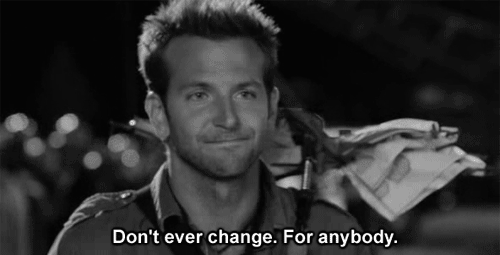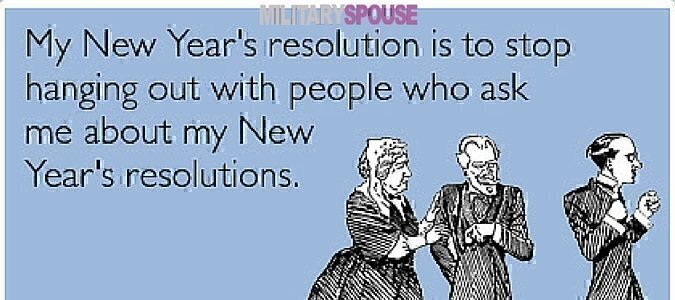I hate January 1st.
It’s a shame, really. For most semi-normal people, New Year’s day is a bright spot of glittering optimism, a day ringing of resolutions and merry little goals. It beckons men and women to join in, glass in hand, with the huzzahs of “This is MY year!”
And I see you, I do. I’m peeking out of my closed blinds, watching you dance your lively do-si-do around that maypole of resolutions. I see you filling social media with new words and ideas, breathing freshness, zest, and life into the stale reality of “That was so last year.”
And, gosh, I WISH I wanted to could join you.
But me?
Well, I’m sitting here on a gray, dismal January day with a tummyache from eating too many leftover cookies and feeling the financial burn from half a paycheck, too many bills, and having both car registrations due at the same time (how did that happen?). In the bright yellow of your sunbeams, all I can feel is shlumpy, slouchy, mismatched gray.
The gray of my new year?
Change.
Even writing it makes me want to sigh a giant “Mehhblahh” and slide off of my couch. For some, change is an imperturbable cloud of heavy fog through which it is impossible to navigate. It’s an off-putting shade of the ugliest gray, a hue that sits alone, impossible to complement. Change can be (quite literally) the very worst. And here’s why:
It’s so blankety-blank hard.

The big life changes, the breaking out of our safe and secure environments, the pressure of competition from other fellow changers. It’s so uncomfortable. It’s scary. It requires us to face significant fears: commitment, giving up control, or admitting the need for change. Some psychologists have suggested that we as humans even harbor a natural aversion to change: We are resistant to it, and we fight it, all scrappy and dirty-like, to make sure we aren’t forced to bring that gray our way.
And unless we’re really ready to move forward determinedly to stick with necessary personal progress (something I’ve struggled with even up to this very keyboard stroke), we’ll stay peeking through our blinds, clad in excuses, until this year becomes last and next year becomes now. Nothing, not a figurative date of resolutions (no, not even a “New Year”) or another person’s well-intentioned you-can-do-its will keep those goals sustained in the long run unless we learn how to change our perception of, well, how to change.
What we need are the specific How-tos, so grab a pen and jot down some notes.
Saturating the world of psychology and personal behavior modification are thousands of resources ranging from scholars to doctors to creditable authors who explain how to create lasting change. Among them, David Watson and Roland Tharp, co-authors of Self-Directed Behavior: Self-Modification for Personal Adjustment, offer some important advice:








